Barbara Schwartz
Barbara Schwartz
Workspace Program Resident 1990

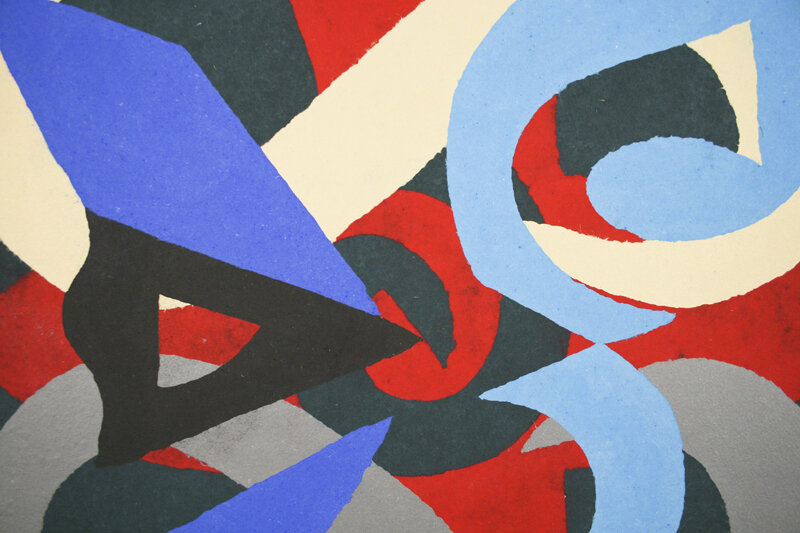
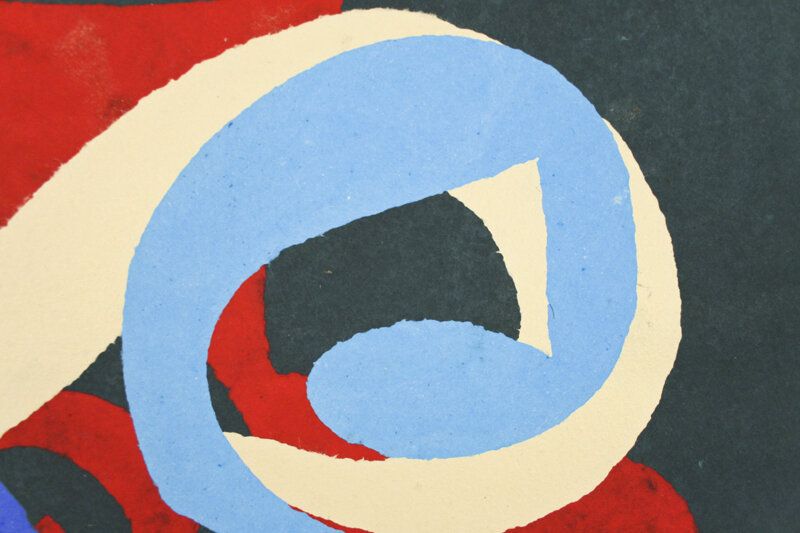
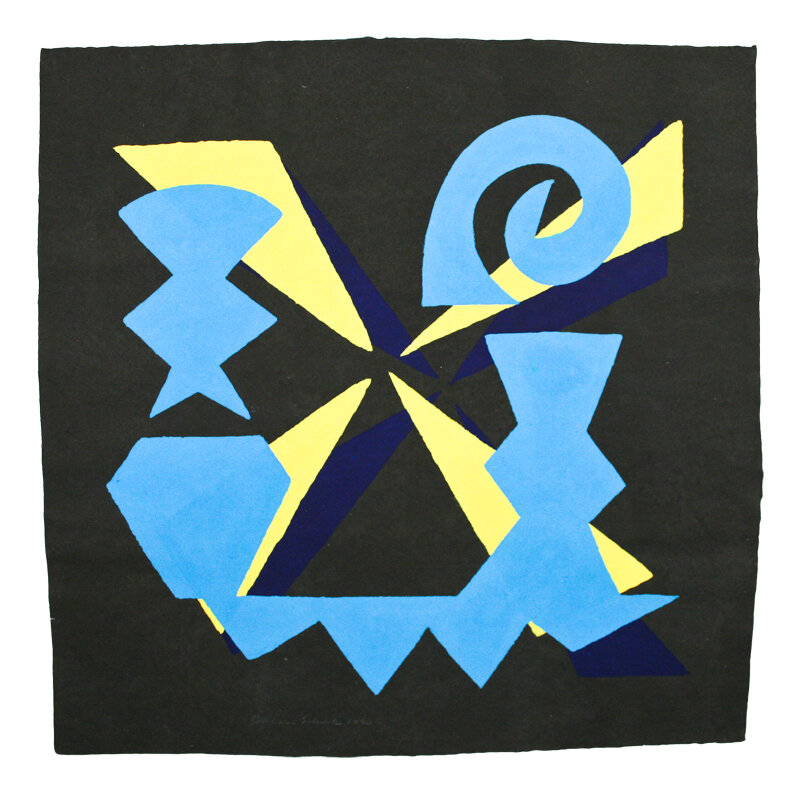
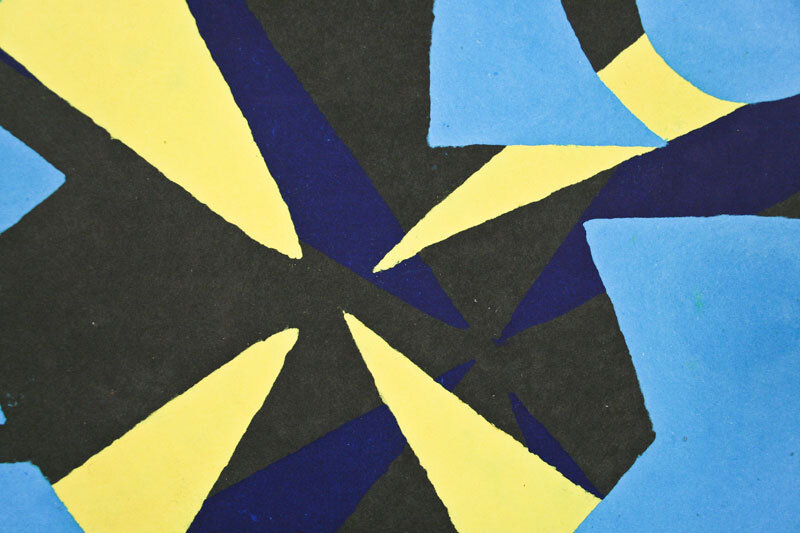
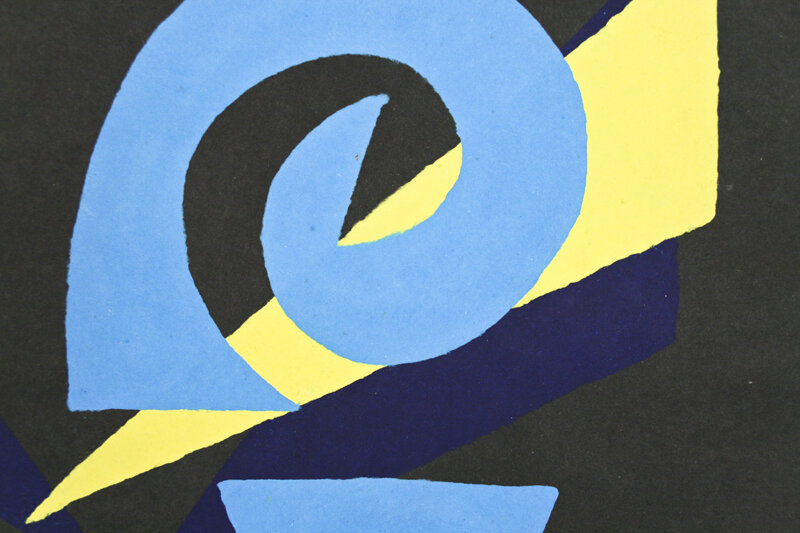
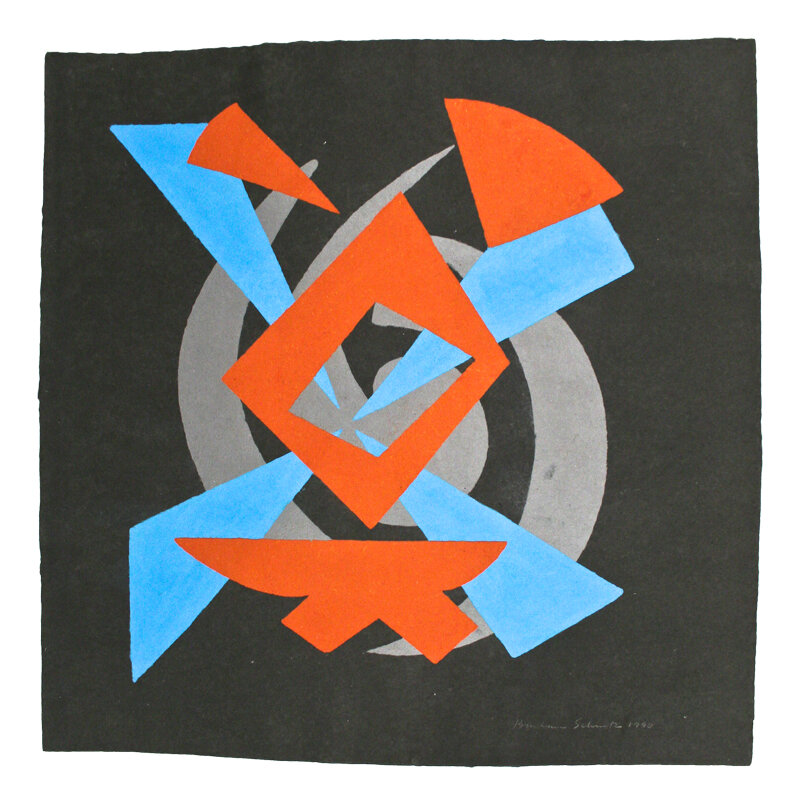
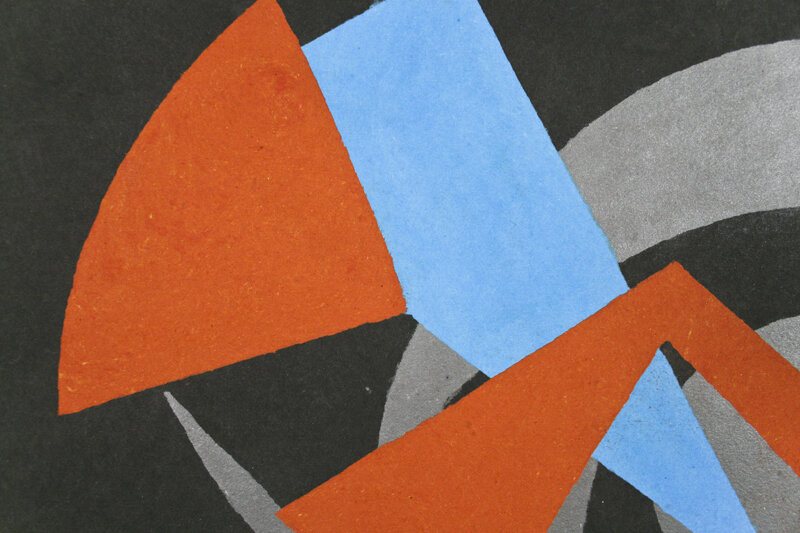
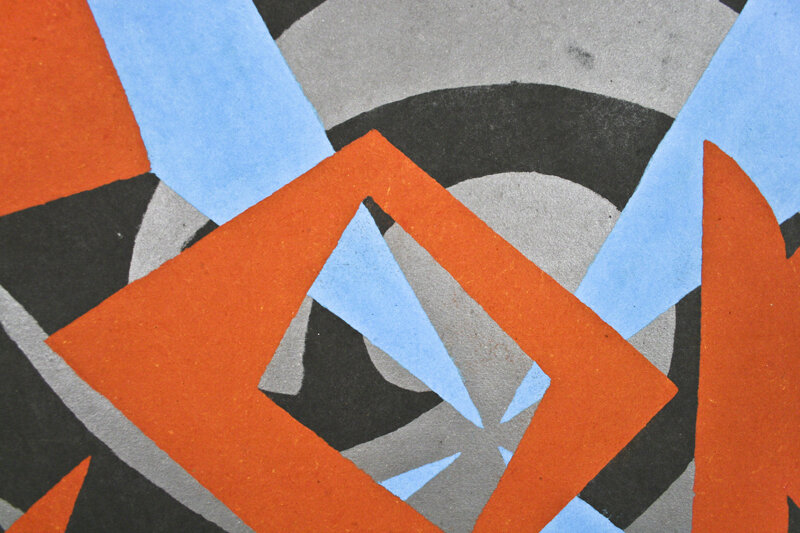
Barbara Schwartz invented an innovative method for constructing handmade paper images, using multiple layers of stenciled linen pulp on a cotton base sheet. For Hexagon (1999), she cut shapes out of ArtCore, a plastic stenciling material and laid them individually onto the papermaking mould. To get a very clean edge, she poured pigmented linen pulp inside the dammed areas of the stencil, couching each part of the design onto a cotton base sheet. The different stencil shapes are laid on top of each other and eventually pressed into one cohesive image. Joe Wilfer labeled works produced in this manner "prescotypes" to describe the way colored shapes are pressed into a single plane fusing color into the paper substrate, not unlike the pigmentation in plaster for frescoes. Schwartz's emblematic, abstract compositions, are truly an image of paper and relate to the organic configurations of her bas reliefs. (From Rags to Riches, Published by Dieu Donné)
About the Artist
Barbara Schwartz was a painter and sculptor who worked in the 1970s to enliven abstract art, drawing on balanced organic and geometric forms as well as Islamic influences to revitalize the genre. Her abstract painted plaster reliefs were loosely associated with the Pattern and Decoration art movement of the '70s and '80s, in which artists sought to advance the art world's estimation of "decorative" art by reviving intricate and deliberate patterning. Schwartz was represented in the 1979 Whitney Biennial, and her work is included in the collections of the Brooklyn Museum, the Solomon R. Guggenheim Museum, and the New York Public Library. She taught at the New York School of Visual Arts from 1978 until her death in 2006. (Source: Artspace)